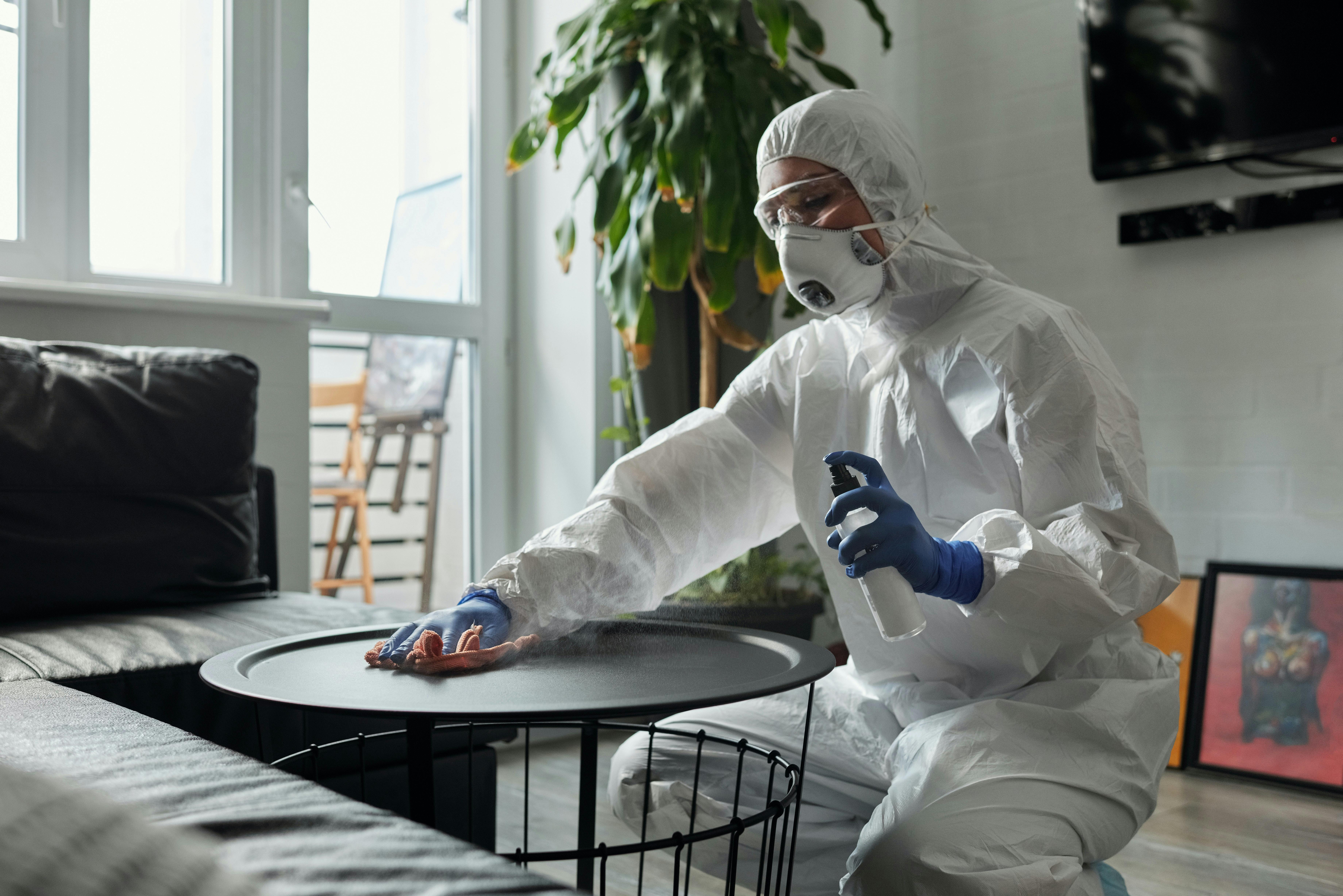Publications · Case study
Teaching at a Distance: Science in remote labs

Guided experiments on authentic scientific equipment.
Laboratory experiences enable students to experiment with the material world, or data from it, using scientific tools, data collection equipment, models and theories. Remote labs are now available for many topics, including astronomy, biology, chemistry, computer networking, earth science, engineering, hydraulics, microelectronics, physics and robotics. These enable practical study of science at a distance and have many advantages for learners and teachers.
Remote laboratories allow students to control high-end scientific equipment and collect data. These labs may also include simulations that can be controlled by students, and the use of sophisticated scientific equipment – such as virtual microscopes – that run on computers.
Examples of remote labs:
- Go-Lab portal to online labs for schools – all labs, including those that usually require an annual subscription, were made freely available at the start of the Covid-19 pandemic.
- OpenScience Laboratory
- Labwork
- Virtual microscope
Science at a distance: learning in remote labs
- What is the learning purpose?
Use remote labs for work that enables students to understand concepts and carry out investigations using high quality datasets. - What guidance is needed?
Support students to design meaningful experiments and investigations. They will also need help to make sense of the data they collect, relate the data to their original questions, and decide what to do next. - How can students get feedback?
Digital resources enable students to check their understanding and progress, providing feedback that guides learning while lab work is in progress. - Are there advantages for students?
Conducting experiments over the Internet gives students access to equipment and materials that would otherwise be too costly, difficult or time consuming to work with. For example, they can work with radioactive materials, or moon rocks that would not be available in a school laboratory. Remote work also provides opportunities to focus on learning goals rather than simply on practical handling of apparatus. - Can students do real science if they are not actually in a lab?
These days, more and more scientists work remotely. Astronomers control telescopes on different continents, medics carry out surgery at a distance, geologists study detailed virtual representations of the rarest rock samples. Remote labs provide good training for 21st-century scientists.
How did it go?
Let us know how science in remote labs worked for you and your students in the comments on our Innovating Blog. Please share any tips that others would find useful, or link to examples of interesting experiments.
View PDF: Teaching at a Distance: Science in remote labs Case Study (168K)